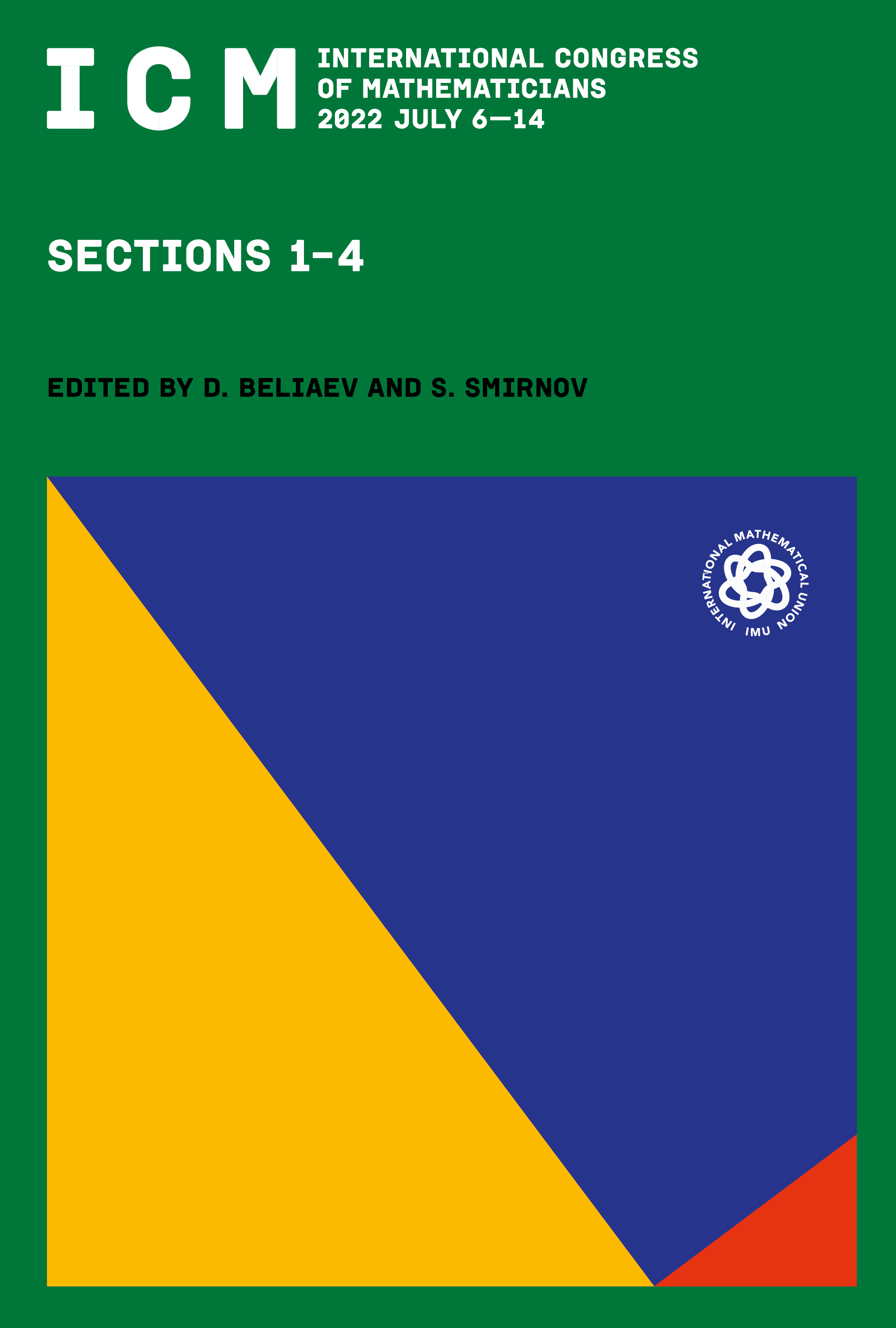Constraint satisfaction problem: what makes the problem easy
Dmitriy Zhuk
Department of Mechanics and Mathematics, Lomonosov Moscow State University, Vorobjovy Gory, 119899 Moscow, Russia

This book chapter is published open access.
Abstract
The Constraint Satisfaction Problem is the problem of deciding whether there is an assignment to a set of variables subject to some specified constraints. Systems of linear equations, graph coloring, and many other combinatorial problems can be expressed as Constraint Satisfaction Problems for some constraint language. In 1993 it was conjectured that for any constraint language the problem is either solvable in polynomial time, or NP-complete, and for many years this conjecture was the main open question in the area. After this conjecture was resolved in 2017, we finally can say what makes the problem hard and what makes the problem easy. In the first part of the paper, we give an elementary introduction to the area, explaining how the full classification appeared and why it is formulated in terms of polymorphisms. We discuss what makes the problem NP-hard, what makes the problem solvable by local consistency checking, and explain briefly the main idea of one of the two proofs of the conjecture. The second part of the paper is devoted to the extension of the CSP, called Quantified CSP, where we allow using both universal and existential quantifiers. Finally, we discuss briefly other variants of the CSP, as well as some open questions related to them.